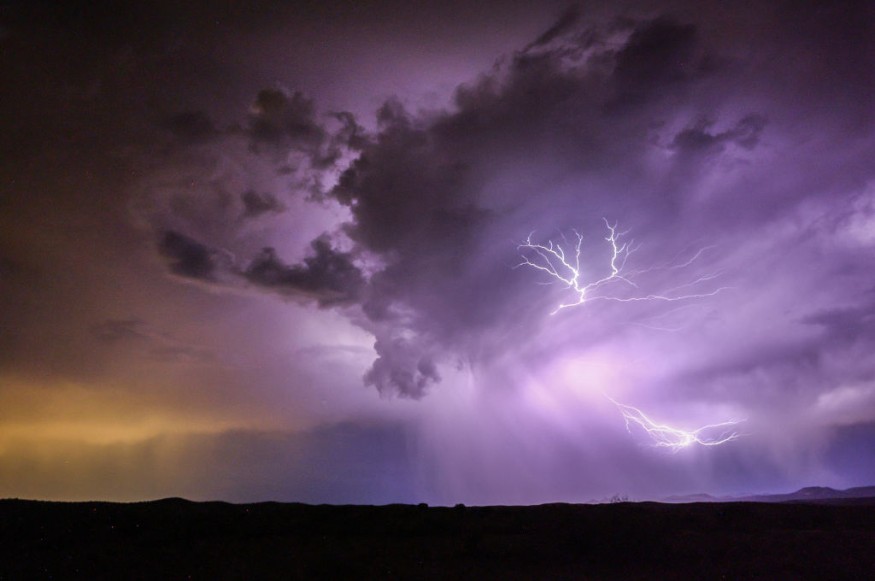A named tropical system is likely to form in the next few days during the US Labor Day weekend and until Monday, September 5.
The National Hurricane Center (NHC) says there is chance that the next storm system could be named "Danielle" which poses a risk to areas along the US Atlantic coast.
There is a threat of heavy rain and coastal flooding due to strong winds from the potent storm system.
US Labor Day Storm

The NHC acknowledged that it was too early to forecast a storm a week ahead, but the tropicas have come alive this week, as cited by CNN.
NHC meteorologists project the system will undergo a gradual development and move in a westward motion and shift northwest toward the Leeward Islands throughout the remainder of the week.
Tropical Disturbances
In particular, the NHC is monitoring three tropical disturbances in the Atlantic, including two which are likely to form as tropical depressions or storms, according to WPBF News.
The US local media outlet outlines the NHC's categorization of tropical disturbances on a three-tier scale, where Disturbance One being the weakest, Disturbance Two to be the second strongest, and Disturbance Three being the strongest.
The difference between the levels is the strength of their low pressure area and chance of development into a stronger storm system, including hurricanes.
Atlantic Hurricane Season
The Atlantic hurricane season approximately starts from June 1 and lasts until November 30 each year. During this period, the formation and development of storms are possible across the Atlantic basin, including the Caribbean Sea, Atlantic Ocean, and Gulf of Mexico, according to the National Oceanic and Atmospheric Administration (NOAA).
The NOAA's NHC states that within a 30-year climate period from 1991 to 2020, a usual Atlantic hurricane season comprises of 14 named storms, seven hurricanes, and three major hurricanes.
The US hurricane agency notes that the first named storm normally occurs from mid to late June. Meanwhile, the first hurricane typically forms in late June. Lastly, the first major hurricane forms from late August or early September.
Latest Developments
Since the start of both the US summer season and Atlantic hurricane season in June, all weather events ranging from severe thunderstorms, torrential rain, and heat wave have struck the multiple regions across the North American country.
The absence of a fully formed hurricane had left US weather authorities and forecasters scratching their heads.
With this, hurricane forecasters are expecting that the current disturbance could develop into a tropical storm in the next five days, The New York Times reports.
The forecast comes after the first August in 25 years passed without a recorded named storm in the Atlantic.
This is contrary to last year's Atlantic hurricane season when a deadly and destructive Category 4 Atlantic storm named Hurricane Ida made landfall in the state of Louisiana and affected surrounding regions and countries, including Cayman Islands, Cuba, Colombia, Jamaica, and Venezuela, as well as US Gulf Coast, US East Coast, and Atlantic Canada.
Hurricane Ida formed in late August of 2021 and dissipated in early September, killing over 100 people and resulting in damage worth billions of US dollars.
© 2025 NatureWorldNews.com All rights reserved. Do not reproduce without permission.





